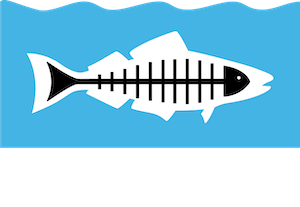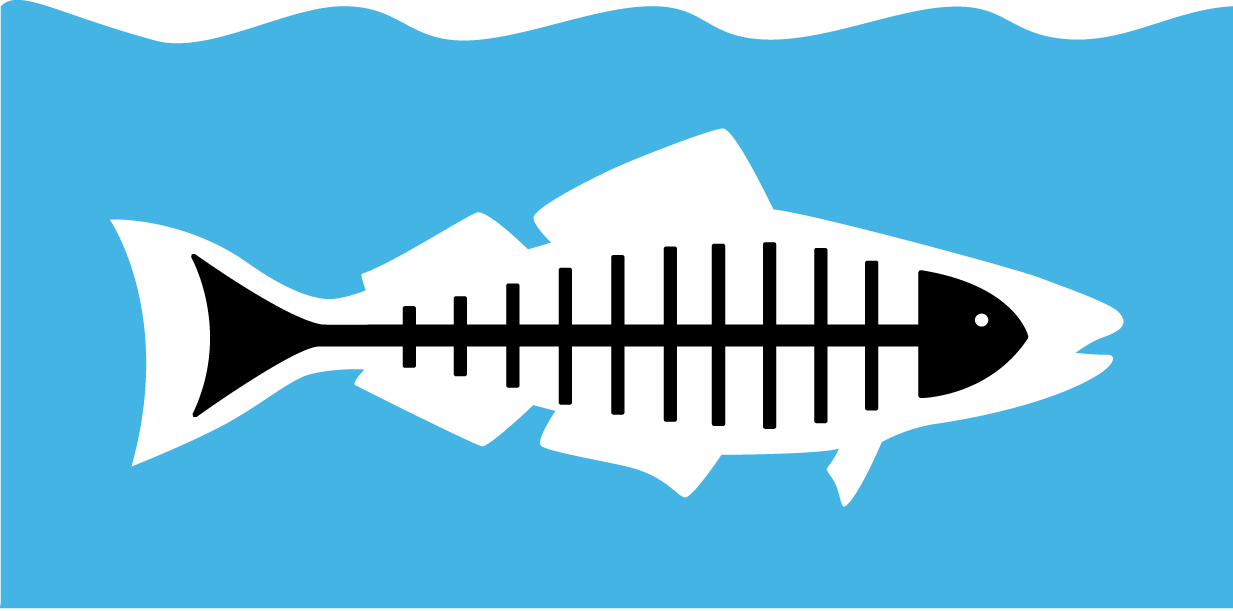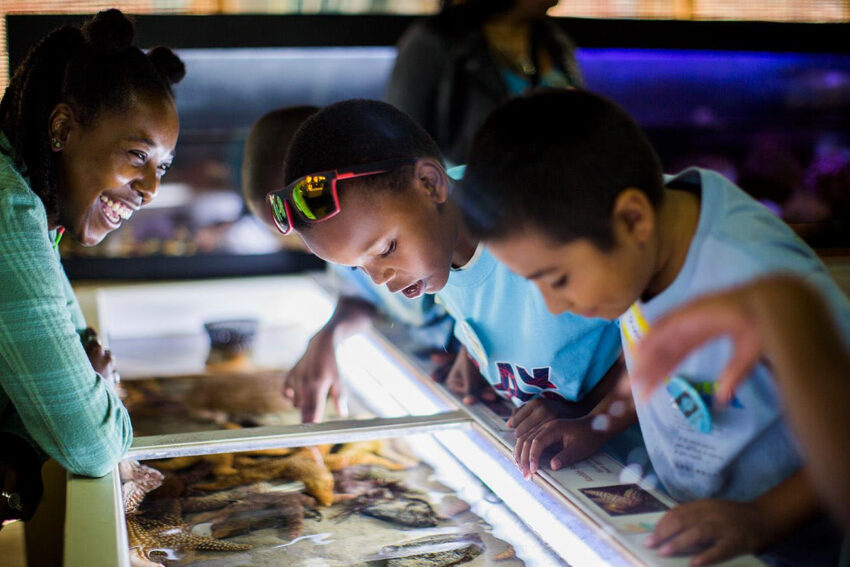Parting can be such sweet sorrow, the Bard once aptly noted. But speakers at a recent farewell roast of Mark Gold seemed to relish dishing out more sorrow than sweetness to Heal the Bay’s just departed president. As the sun set gently over Mark’s beloved Bay, more than 200 friends, family members, current and former staffers, board members, environmental leaders and elected officials gathered at The Beach Club in Santa Monica to send him off to his new gig at UCLA.
Mark escaped being doused in a dunk-tank (thanks to an innovative last-minute fundraising plea to gathered guests), but he couldn’t escape the pointed darts hurled by some of the city’s most influential leaders. He definitely took some ribbing about his hyper-zealous advocacy, wonky-nerdiness and need to always be the brightest bulb in the room.
Eric Garcetti, a veteran member of the Los Angeles City Council, described Mark as the “poop in the ocean guy” who “speaks acronym, not English.” He recounted his utter disappointment about Mark’s reaction to the council enacting a difficult piece of environmental legislation. “He’s always sitting on that high horse. And after you did 90% of the things he asked you to do, then he’d turn around and yell at you about the 10% you didn’t!”
NRDC water policy chief David Beckman, a longtime ally in the legal fight to clean up local beaches, generated roars of laughter discussing their good-natured professional rivalry over the years. He said most of the crowd was under the delusion that Mark’s quarter century of activism has been guided by a genuine desire to see a healthy and clean Bay. But he revealed what has really motivated Mark is seeing his name in print. “Do you know the most dangerous place to be in the world? Between Mark Gold and a reporter!”
Heal the Bay board member and political heavyweight Richard Katz marveled at Mark’s unique management style and collaborative approach. “Is he a team player?” Katz asked. “If he defines the rules of the game and makes the team, he is.” He wondered aloud how Mark’s hard-charging ways would fly at the more consensus-driven, deliberate UCLA. “It’s a test of wills: Mark Gold vs. The University. I say it’s an even fight.”
Introductory speakers included emcee Paula Daniels, City Controller Wendy Greuel and Assemblymember Julia Brownley (all warm and heartfelt). Other roasters included longtime friends and environmental leaders Jack Baylis (“Mark is the Doctor of Water”), Linda Sheehan (taking some well-aimed digs at Mark’s sports obsessions); Fran Diamond and Madelyn Glickfeld (hilarious real-world excerpts of Mark’s over-the-top testimony at water board hearings) and Terry Tamminen (a witty re-write of “Julius Caesar”).
While poking fun, all the speakers did thank Mark for years of laser-like focus, tireless advocacy and personal encouragement. Mark taught Garcetti that when it comes to environmental protection it’s “easier not to fight, and just do.” Beckman praised Mark for willing Heal the Bay to its prominence, “essentially starting and running a successful business without any of the financial upside.” Katz noted simply about his efforts to clean up the Bay: “You’ve made life better for millions of us; you’ve made a difference for so many.”
And it being a blog post about roasting Mark Gold, what could be more appropriate than letting him have the last word. He’s used to it:
“Heal the Bay has been my family. The organization and I have grown together,” he said in closing remarks. “If I’ve learned one thing [about collaborative environmental activism] it’s this: There is no right way to do things. All that matters is getting it done.”



